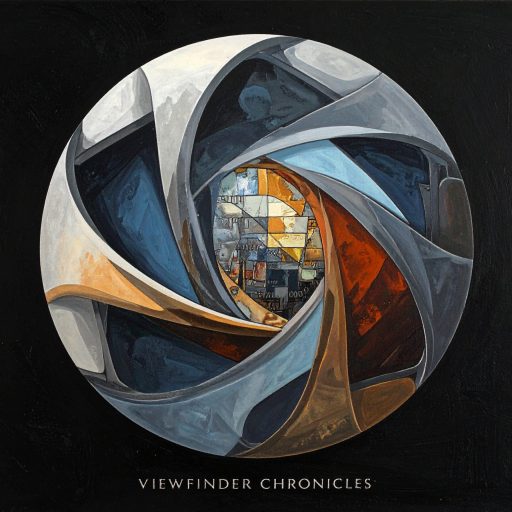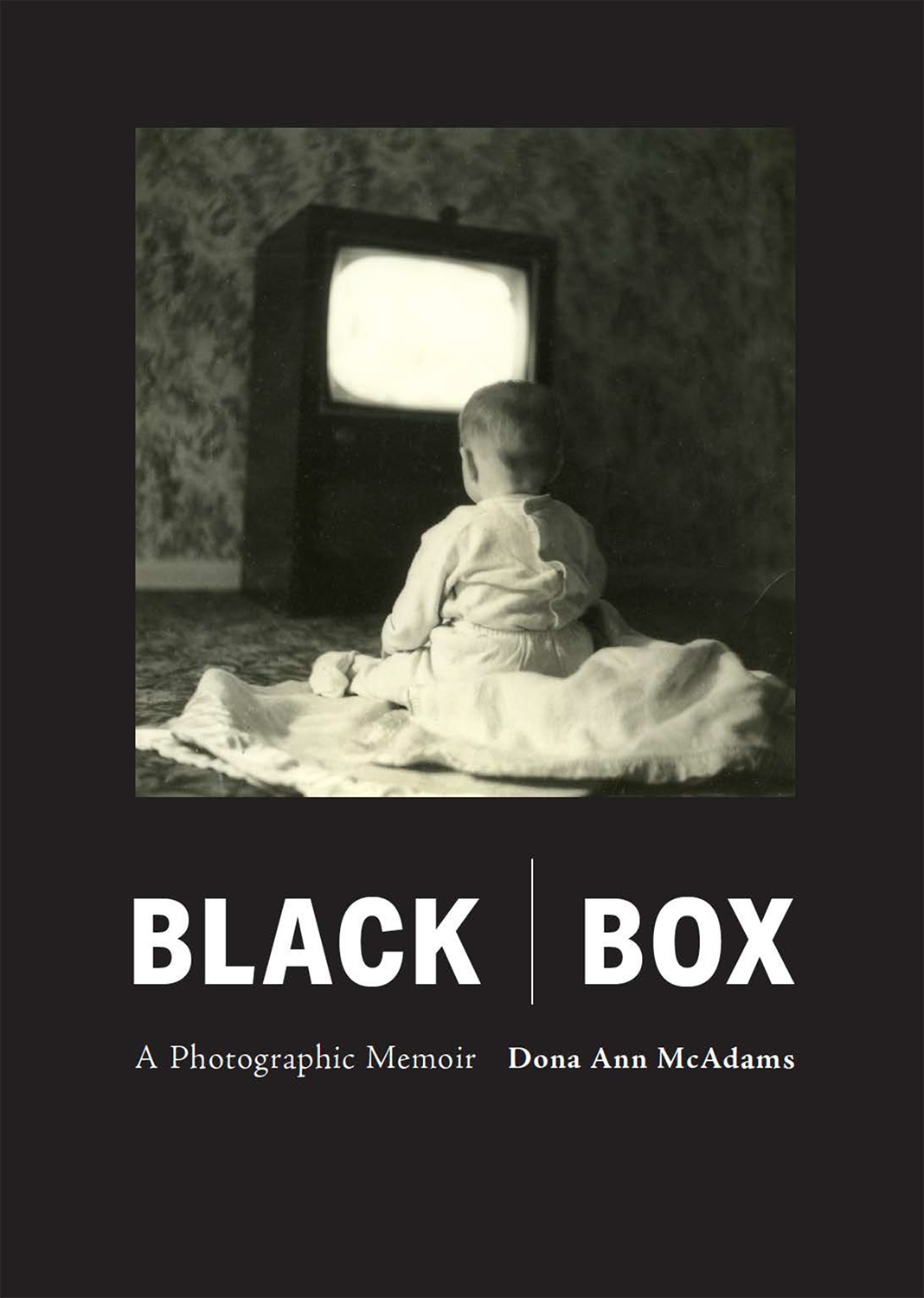There are some books that demand to be read in a single, unbroken, visceral sitting, and then there are books like Dona Ann McAdams’s Black Box. This is a volume that felt less like a photobook and more like the discovery of someone’s deeply personal diary, a collection I had to keep putting down, not out of fatigue, but out of the poignant weight of its content. It required reflection, a mental pause to process the life unfolding on the page. Last night, I finally allowed myself to fall into its narrative, it was the photographic equivalent of rifling through a chest of lost memories, a profound meditation on the art of living and looking.
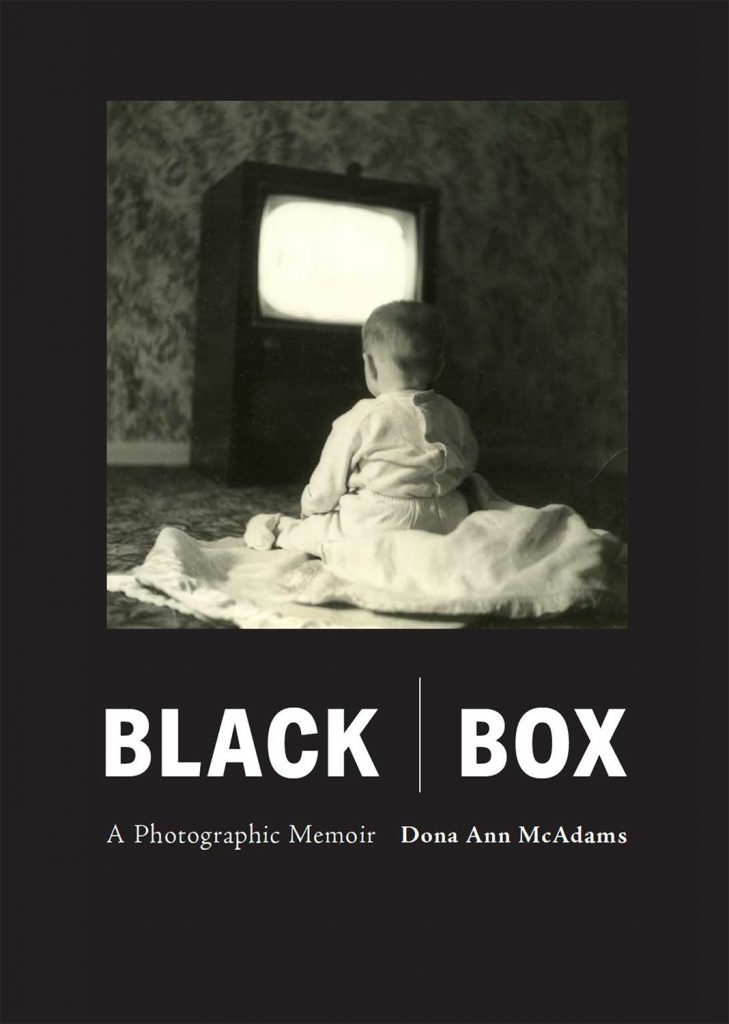
The book’s structure itself is what first drew me in, moving far beyond the simple image and caption format. This is truly a memoir with a real beginning, middle, and end, chronicled through short bursts of text that are meticulously woven between the images. For a self-professed people watcher like me, someone constantly trying to decipher the human stories behind the granite gleam of my own work, this context is gold. The accompanying text provides the raw, necessary context to each photograph, transforming a still image into a moment ripped from a rapidly moving life. It’s an unflinching look at a life in progress, from early days as a child to the later years, perfectly laid out to trace the evolution of an identity.
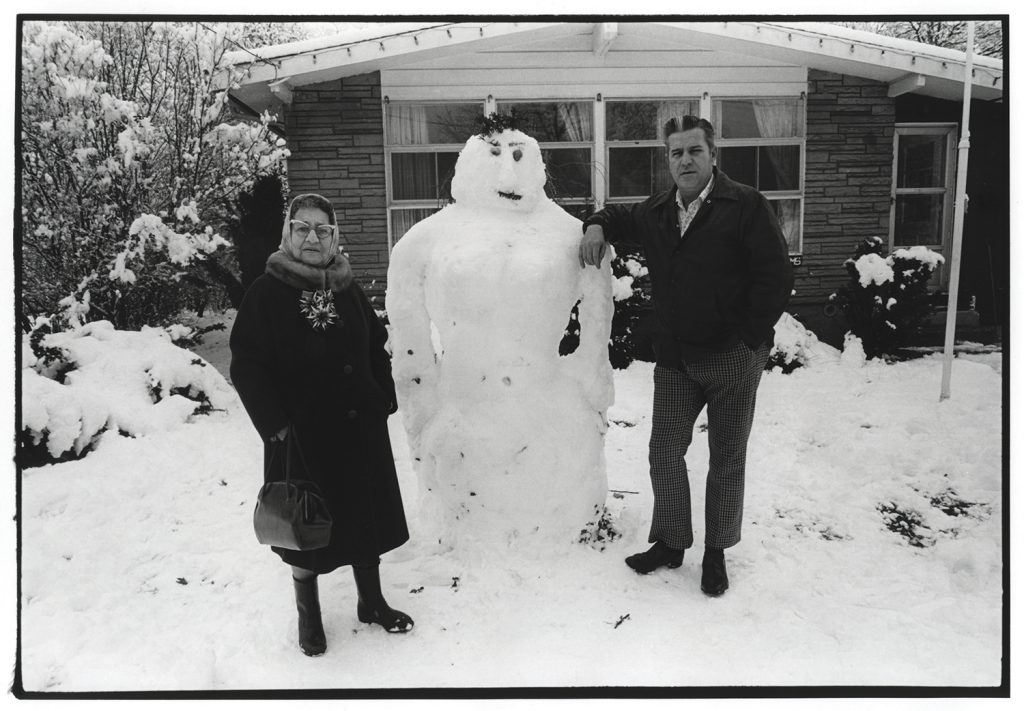
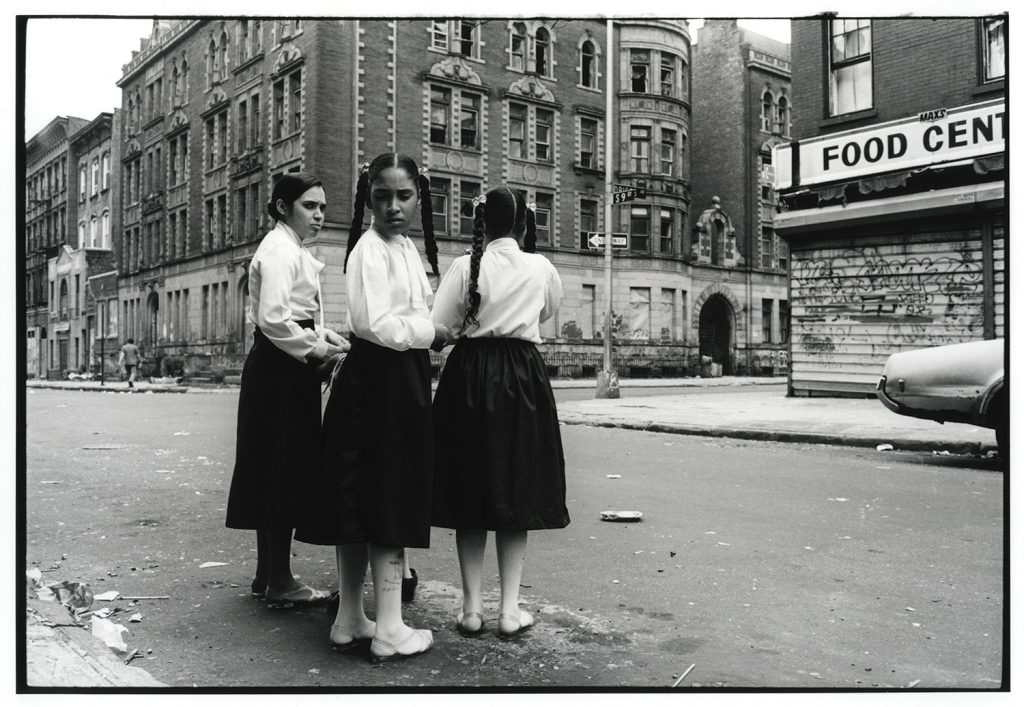
It is the very intimacy of McAdams’s vision that makes this volume right up my street. The narrative begins with the haunting melancholy of childhood, the early struggles with rigid identity, like the memory of hating the “flesh colour” Crayola crayon and the hated Catholic school uniform. This immediate sense of vulnerability and rebellion sets the stage for a lifetime of documenting those who live on the edges, those who refuse to conform. This is why the themes of identity and self-discovery are so powerful here, because we are watching McAdams discover herself through the lens.
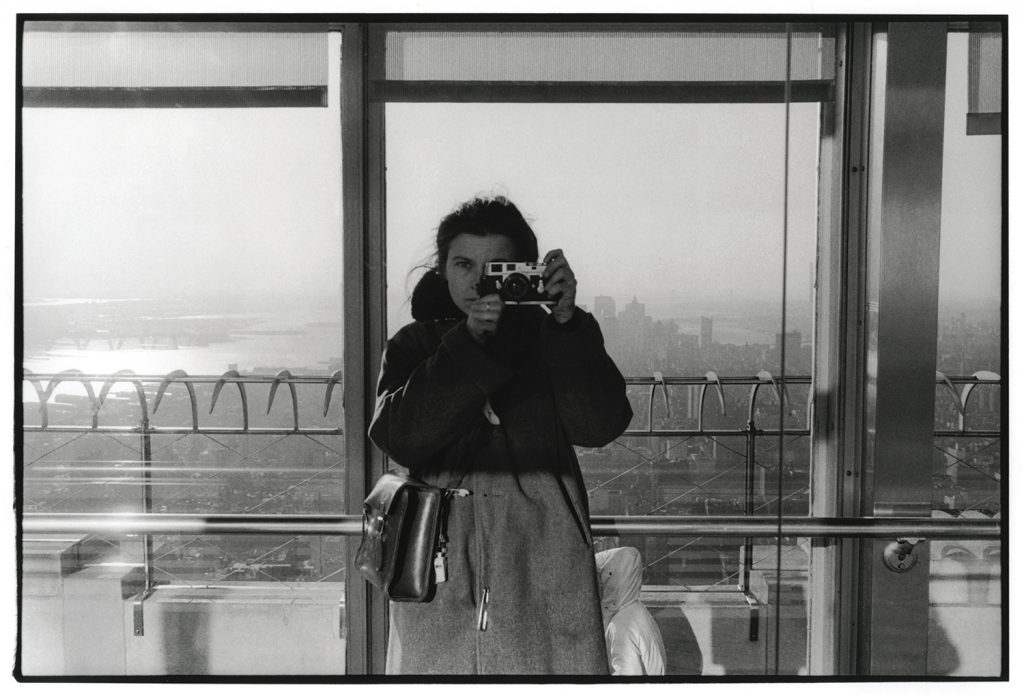
The image Empire State Building, NYC; 1981 is one of those self-portraits that demands contemplation. Here is a solitary female figure poised at a towering window, her Leica camera pressed firmly to her eye, a mechanical extension of her gaze. She is framed against the hazy, impersonal expanse of the New York skyline, where the vast urban metropolis fades into fog. It’s a masterwork of juxtaposition, contrasting the intimate human scale of the photographer with the vastness of the world she is intent on capturing. The soft, diffused light, the rhythmic geometry of the railing, it all speaks to a meditation on observation itself, the artist is both hunter and hunted, her focused intensity mirroring the relentless energy of the world she’s framing. This is why I love it; it captures that soul settling way of seeing that every photographer understands, where the camera becomes a shield and a key to unlock the world.
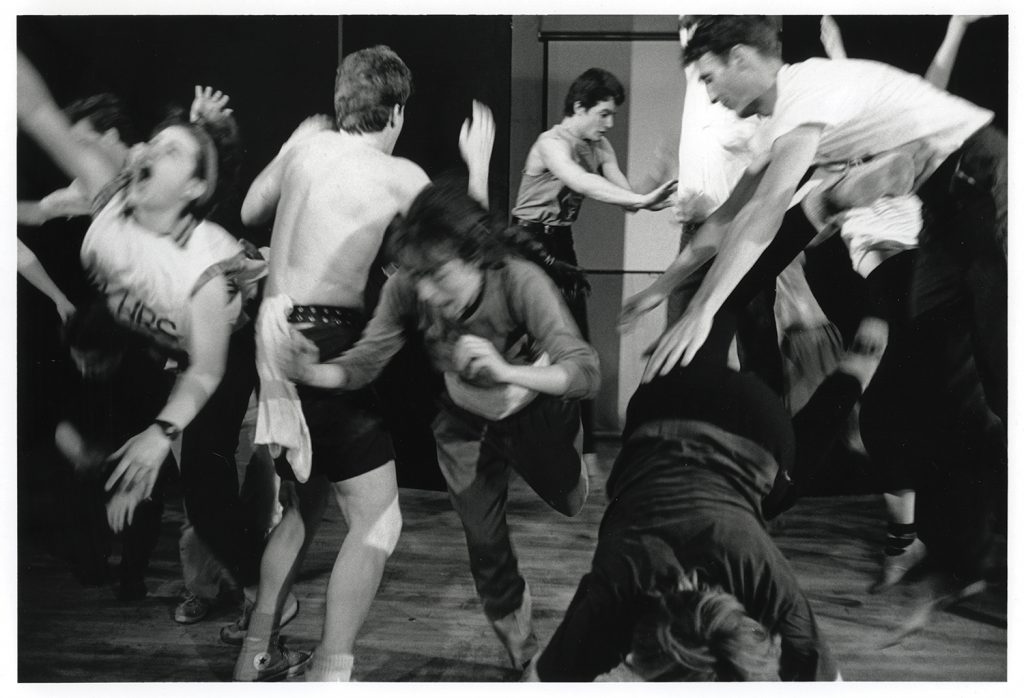
As McAdams’s life unfolds, the melancholic weight of memory and loss is chronicled with visceral honesty. Her work in the 1980s and ’90s as the house photographer at P.S. 122 on 1st Avenue meant she was documenting the explosion of New York’s art scene, capturing thousands of people and events over 23 years. The work from this period carries the profound tension between the joy of creation and the shadow of the era. The description of Ron Athey’s performance, and the later act of David Bowie taking McAdams’s photograph of that performance, manipulating it, and creating his own signed edition is a powerful, almost surreal anecdote that shows the reach of her archive. It’s a wonderful example of how the creative life of a photographer overlaps and inspires others.
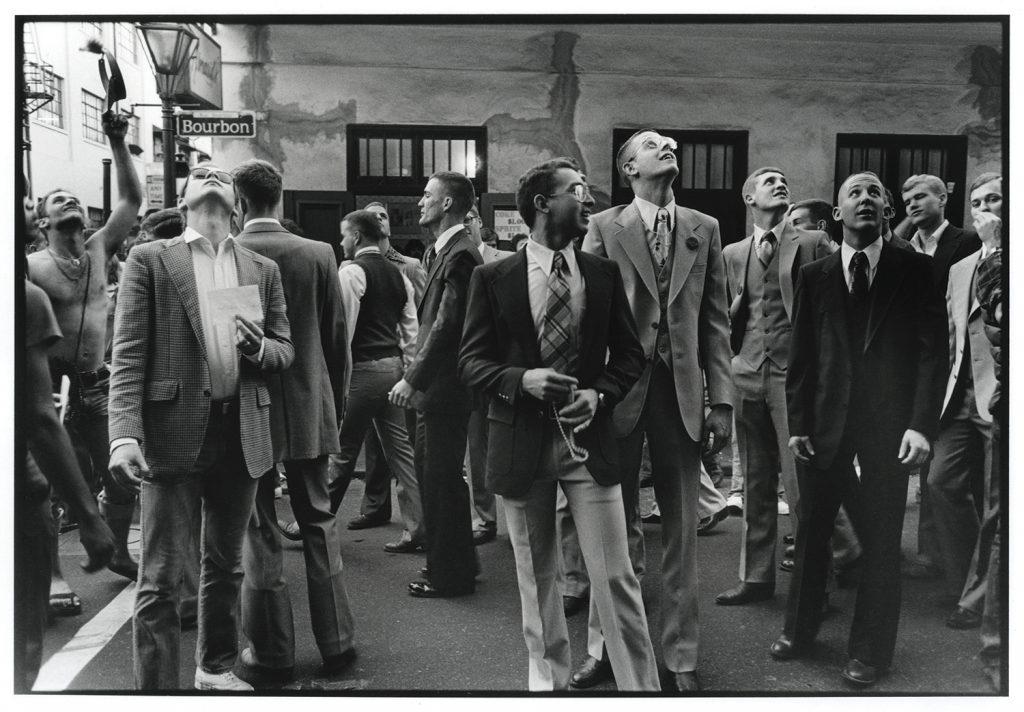
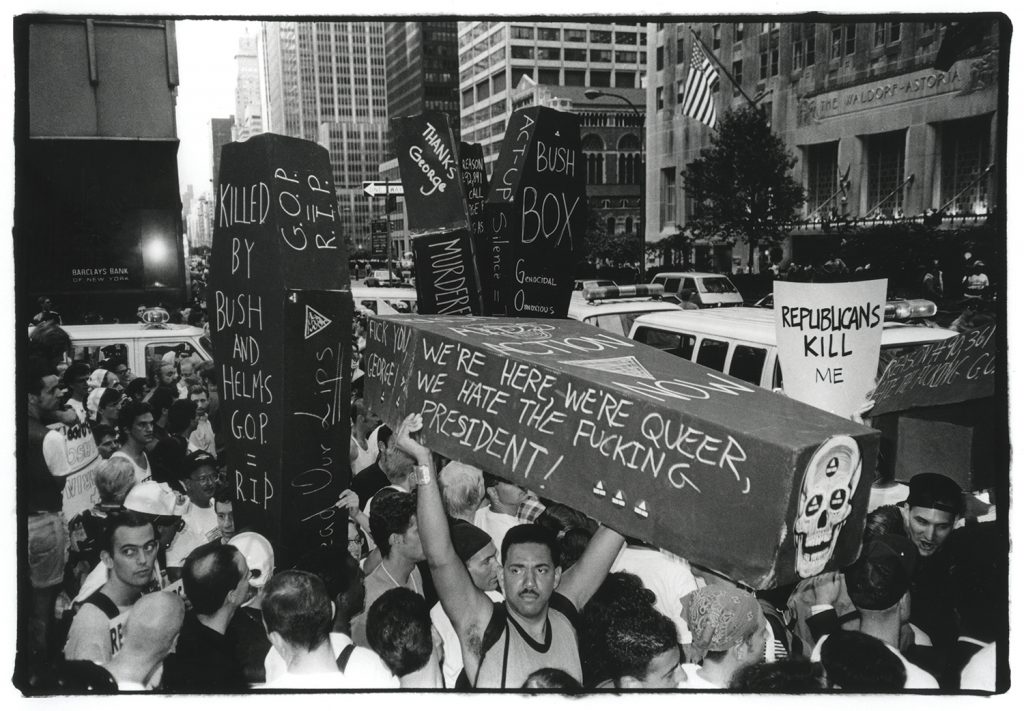
Then there is the quieter, unflinching moments of pure intimacy that speak to her mastery of storytelling. The story of stealing a placenta at St. Vincent’s Hospital when she was a doula for her friend Cindy is breathtaking in its raw poetry. The “stolen organ” being planted under an apple tree, becoming a symbol of an “afterlife after giving life”, is a piece of text that hits you with a gut punch of unexpected meaning. This kind of personal insight elevates the whole book beyond a collection of images and turns it into a deep exploration of the human cycle. The same profound curiosity and connection to life’s beginnings is shown in her ongoing “Searching for Sheela” project, where she photographs ancient “stone pussy” imagery, medieval forms of vaginal iconography, found at sacred sites. This movement from the literal act of birth to the symbolic power of the ancient feminine shows the incredible, continuous arc of her curiosity.
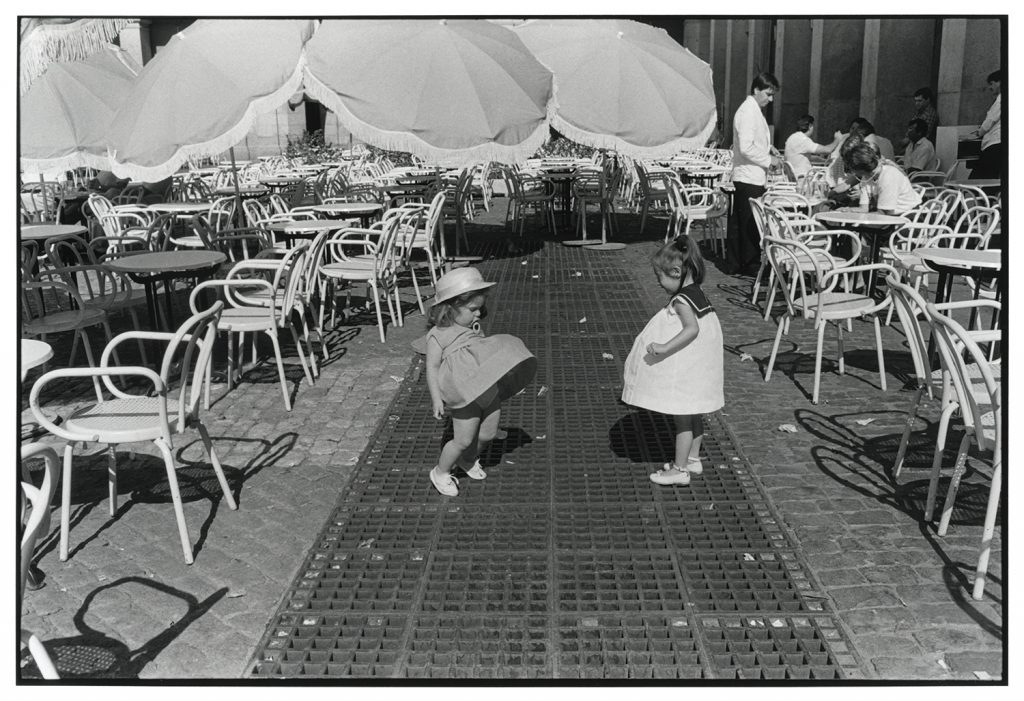
McAdams is driven by an enduring philosophy, always walk around with a camera, photograph what interests you, and record the life around you. This commitment meant she arrived at pivotal moments of history, whether it was shooting performances or covering protests. Her image of the topless woman with the stark black cross painted on her bare breasts, locking eyes with a besuited priest mid gesture at the foot of grand columns, is an image that screams of the confrontation between personal freedom and institutional power. The clash of the woman’s daisy crown against the priest’s collar captures the entire socio-political weight of that era.
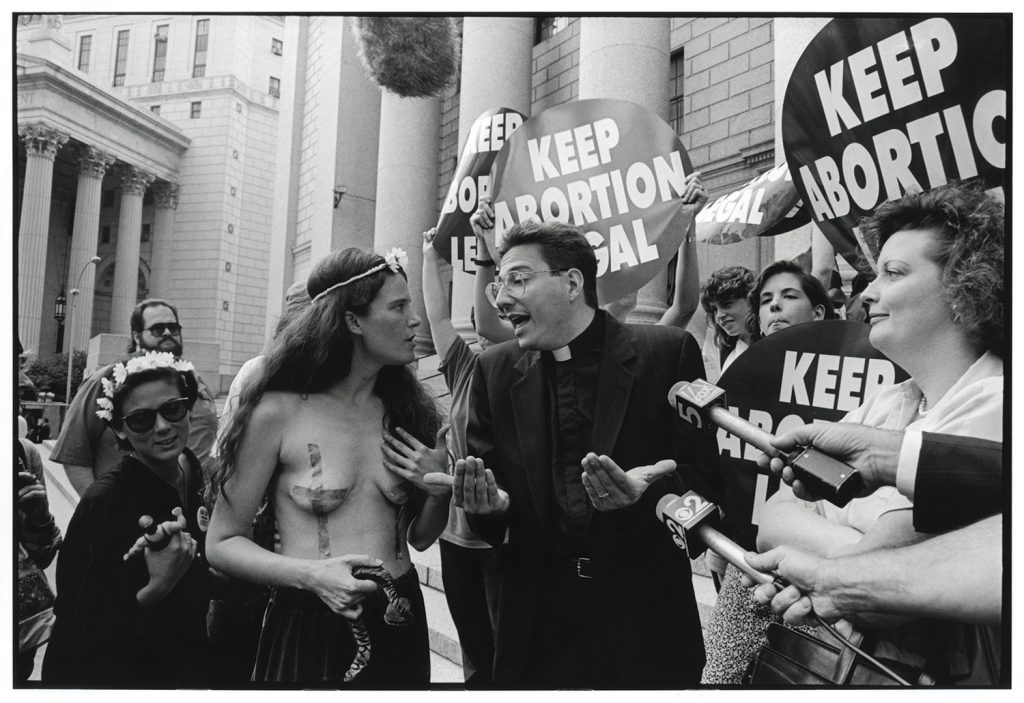
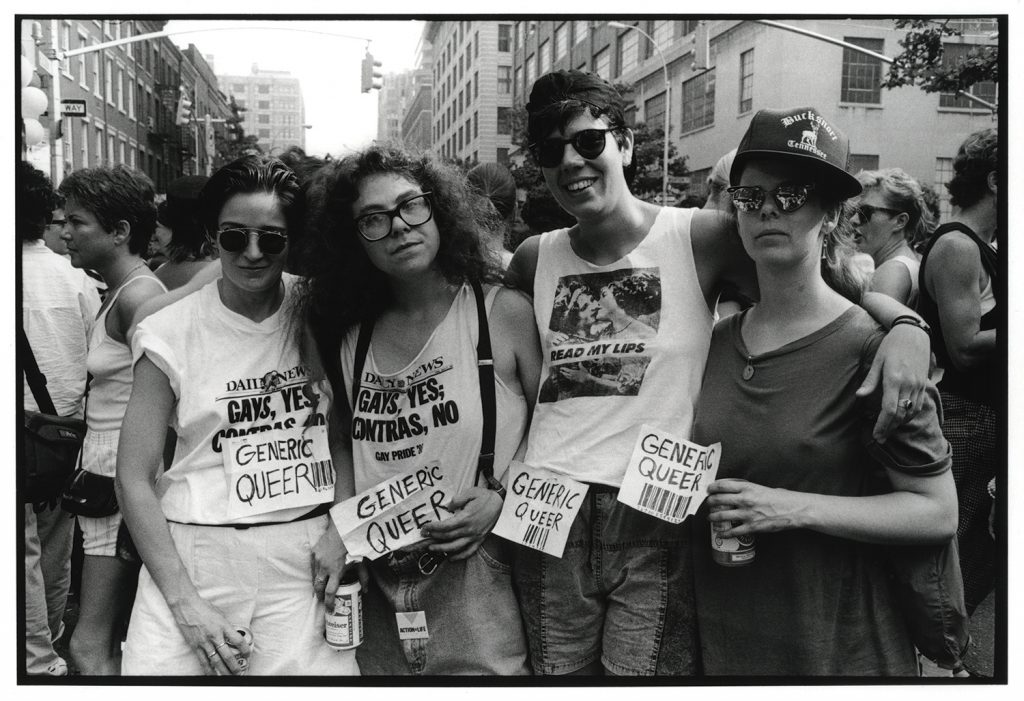
Black Box is more than a photobook; it is a meticulously crafted document of a life lived in the thick of it. McAdams is the epitome of the committed documentarian, and this book grants us a rare, prolonged look through her eyes. The fact that the book has so much text gives it a unique, diary like rhythm, providing the essential context that makes the images sing.
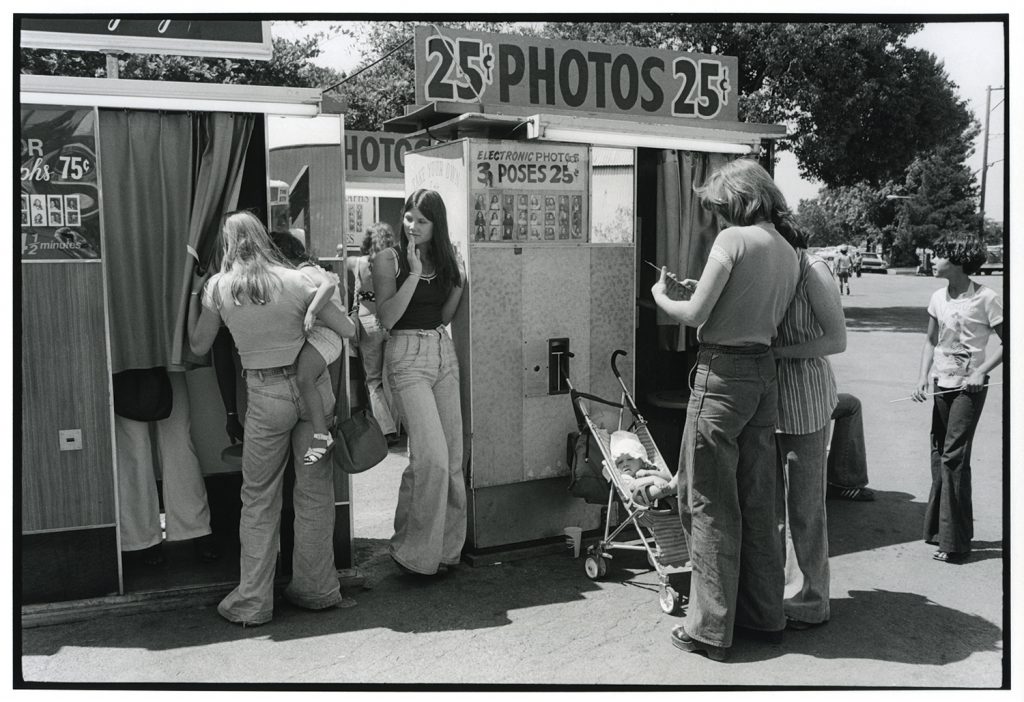
Having spent this time with her memoir, I don’t feel like a critic, I feel like a confident, trusted guest. I feel like I know her so well now, that I have a real insight into who she truly is, and that is a rare and precious gift from any artist. It’s an electrifying work that offers the raw, complete truth of a life lived through the lens.
Regards
Alex
